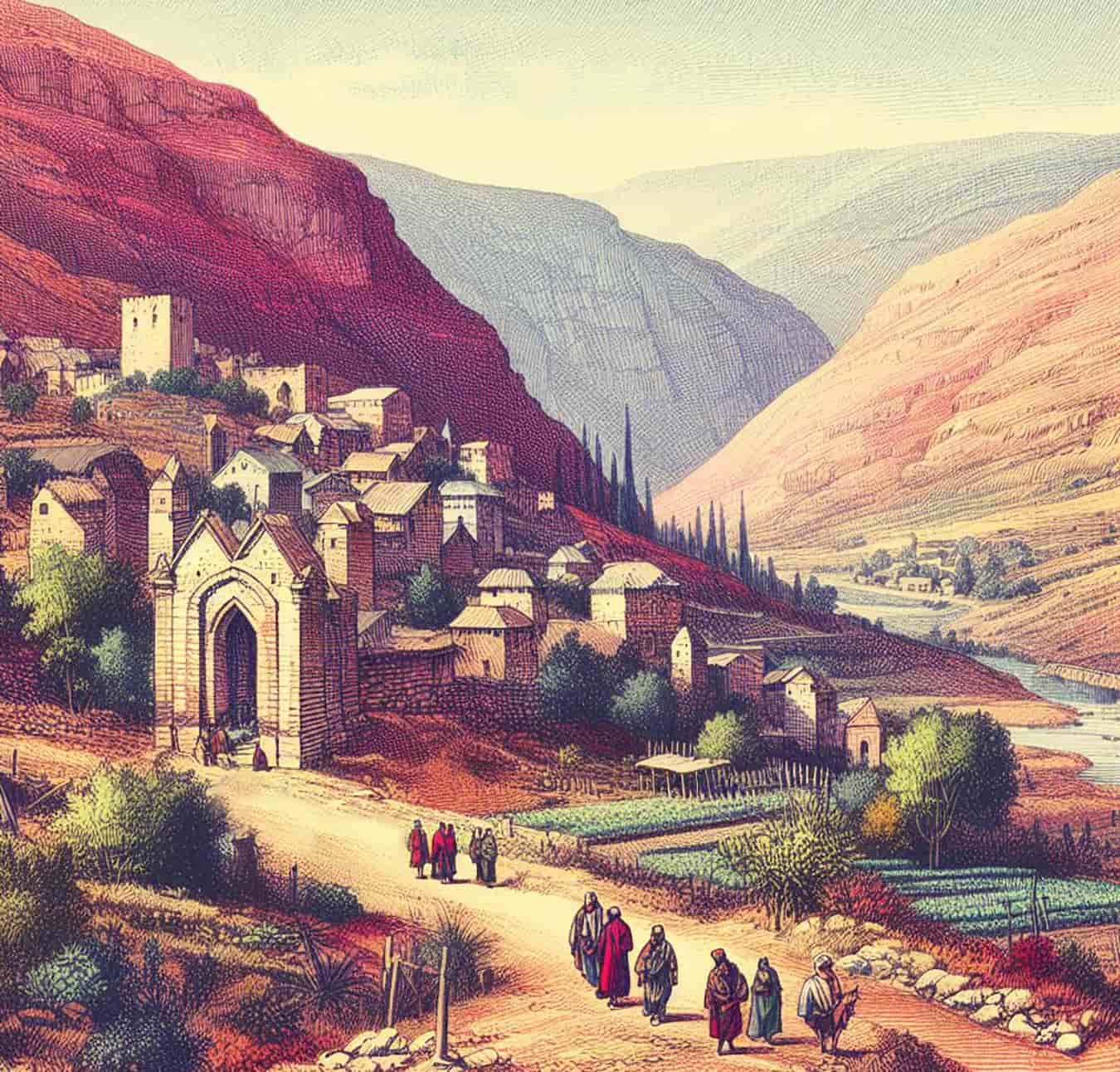Tower of Babel’s Height: Why It Was 200 to 300 Feet Tall
The Tower of Babel's height remains undetermined. Some associate it with the Etemenanki Ziggurat in Babylon, suggesting a height between 200 and 300 feet. Ancient Jewish texts propose a figure approximately 2.5 miles high.






